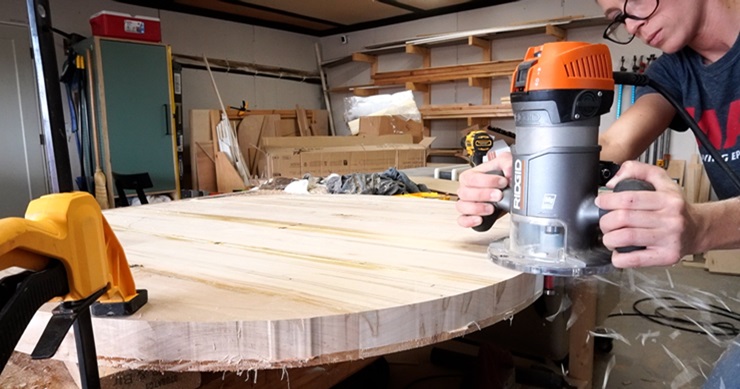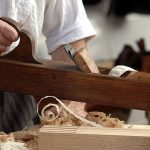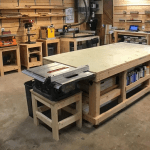Woodworking is a skilled craft that benefits greatly from the use of a router, a versatile power tool essential for detailed and precise work. Routers are instrumental in shaping, molding, and joining wood, offering an array of possibilities for both beginners and seasoned woodworkers. Understanding the various types of routers—fixed base, plunge, and combination—and their features like power, variable speed, and ergonomics is crucial for selecting the right tool for your projects.
Routers are adept at creating decorative edges with bits designed for specific profiles, enhancing the aesthetic of woodwork. They are also key in executing joinery techniques, such as dado joints for shelving, dovetail joints for drawers, and butt joints for right-angle connections. Moreover, routers facilitate the creation of custom mortises and tenons, essential for strong, durable wood joints.
Advanced woodworking techniques such as inlays and dovetails are made accessible with routers. Inlays add elegance, while dovetails provide strength and visual appeal to projects. Custom mortises and tenons can be tailored for size, proportions, and placement, contributing to the structural integrity of furniture and cabinetry. Additionally, routers enable hollowing out projects for decorative items and shaping wood surfaces for smooth curves and profiles.
For enhanced precision, woodworkers can use a router table and jigs, which offer stability and control for intricate cuts and precise joinery. Safety remains paramount when operating routers; wearing protective gear, securing the workspace, and maintaining a firm grip on the tool are essential practices.
In conclusion, routers are invaluable in woodworking for their ability to add artistic flair, create strong joints, and achieve professional finishes. While not every woodworker may need a router, its versatility extends to various materials and applications, making it a beneficial addition to any workshop.
Key Takeaways:
- A router is an indispensable tool in woodworking for creating decorative edges, intricate designs, and strong joinery.
- Understanding the different types of routers and their features, such as fixed base or plunge, is crucial for selecting the right tool for specific woodworking tasks.
- Advanced woodworking techniques, including the use of router tables and jigs, can significantly enhance the precision and quality of finished projects.
“A router is a versatile woodworking tool that rotates a cutting bit at high speeds, allowing woodworkers to shape and hollow out wood with precision and accuracy.”
More details: here






